Image: Ultimate X-Men #49
It’s not a trick question. Based on various depictions of the Xavier School for Gifted Youngsters, Professor X — a paraplegic mutant telepath with a supposedly genius-level intellect — somehow forgot to add wheelchair ramps to his own home. So we asked artists who have worked on X-Men titles over the years how the franchise’s patriarch leaves his own house.
The mystery of an X-Mansion that’s hostile (or at least inconvenient) to its owner has been brought up several times over the years, most visibly in a Tumblr post dating back to around April of 2016 which collected images of the building’s facade. A 2013 post in the forums for Marvel Heroes — a video game the X-Men are featured in — similarly asks: “Playing X Defence today I noticed X Mansion isn’t wheelchair accessible? How does Professor X get in and out?”
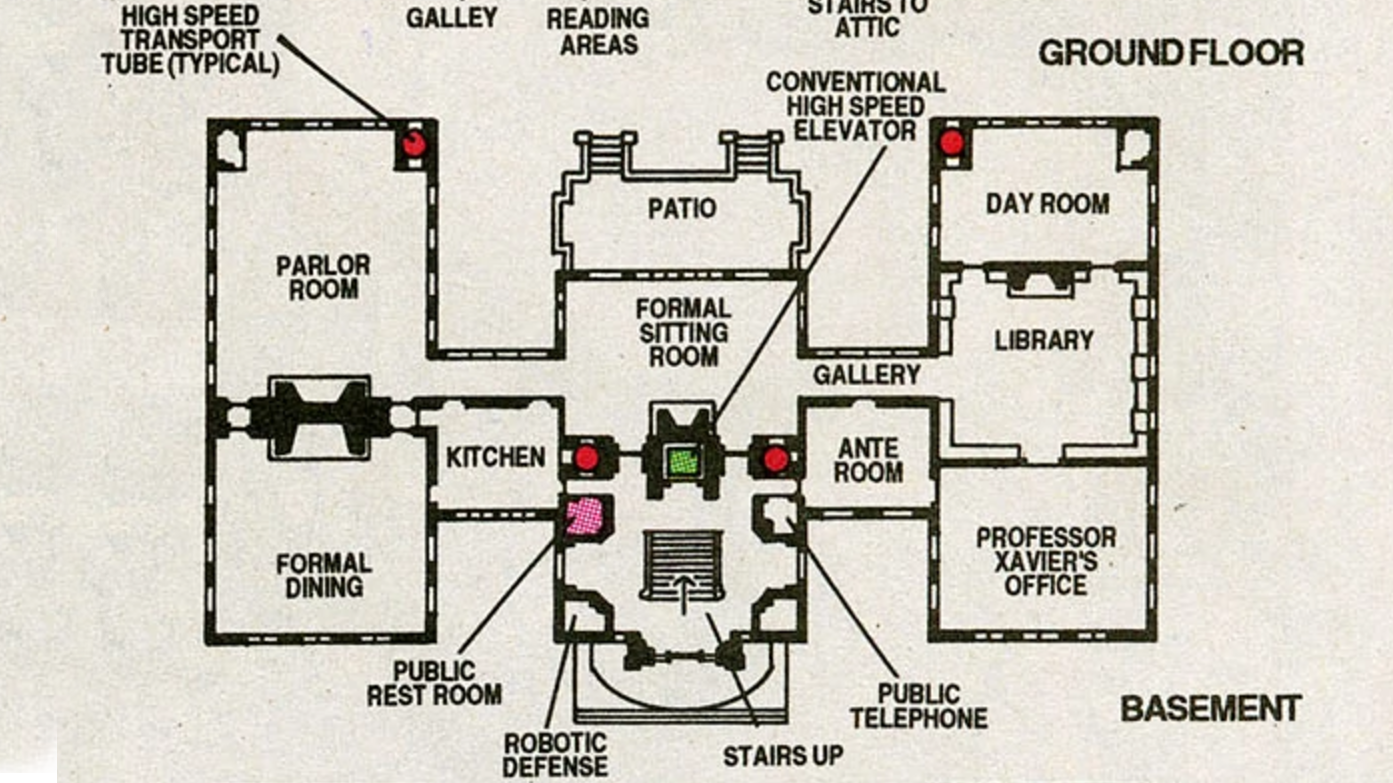
Image: marve.wikia
Blueprints for the X-Mansion have been drafted up by fans over the years. Like this one. And this one. What do they have in common? Like comic book renderings of the interior and facade: a whole lot of stairs. Dozens of writers and artists have worked on the X-Men books over the decades and, incredibly, not a single one seemed to consider the need for Xavier to leave his own home.
The only reference to ramps we were able to find online was a fake listing made in 2013 by real estate site Movoto for the mansion — famously located at 1407 Graymalkin Lane in New York’s Westchester County — that notes, “all areas are wheelchair accessible.”
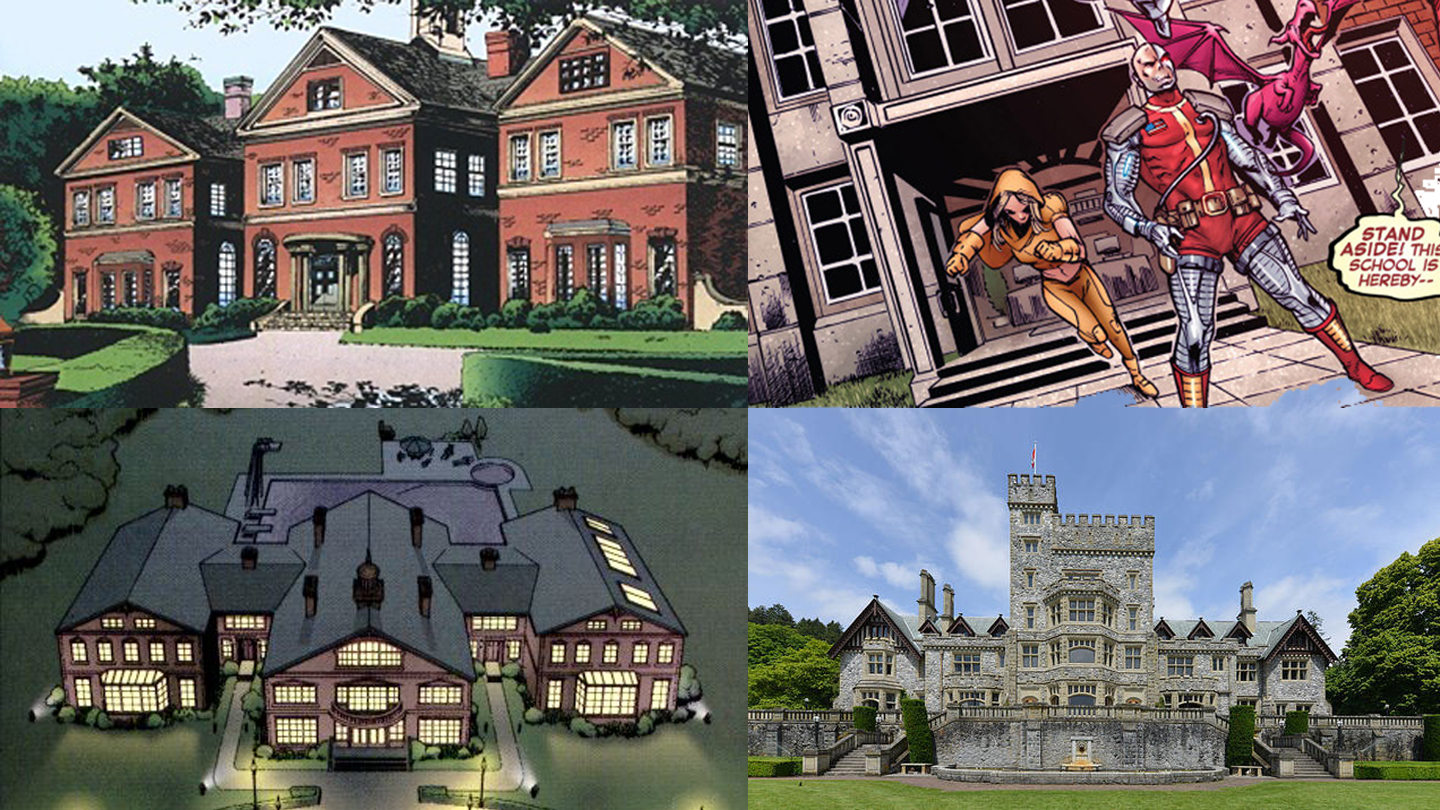
Some artists over the years skirted the issue entirely. A spokesperson for Marc Silvestri — whose main contribution to the franchise was drawing Uncanny X-Men between 1987 and 1990 — told Gizmodo that “he said he never drew a wheel chair ramp and barely remembers drawing the X-mansion if at all during his run.” In fairness to Silvestri, relatively few of the issues he drew featured Xavier at all, though his depiction of Professor X’s chair in Dark Avengers/Uncanny X-Men: Utopia #1 doesn’t appear outfitted with any special mobility gadgets. (Yes, I’m fairly sure that’s revealed to be Mystique in the next part of the Utopia arc. Which Silvestri didn’t draw. Don’t kill me.)
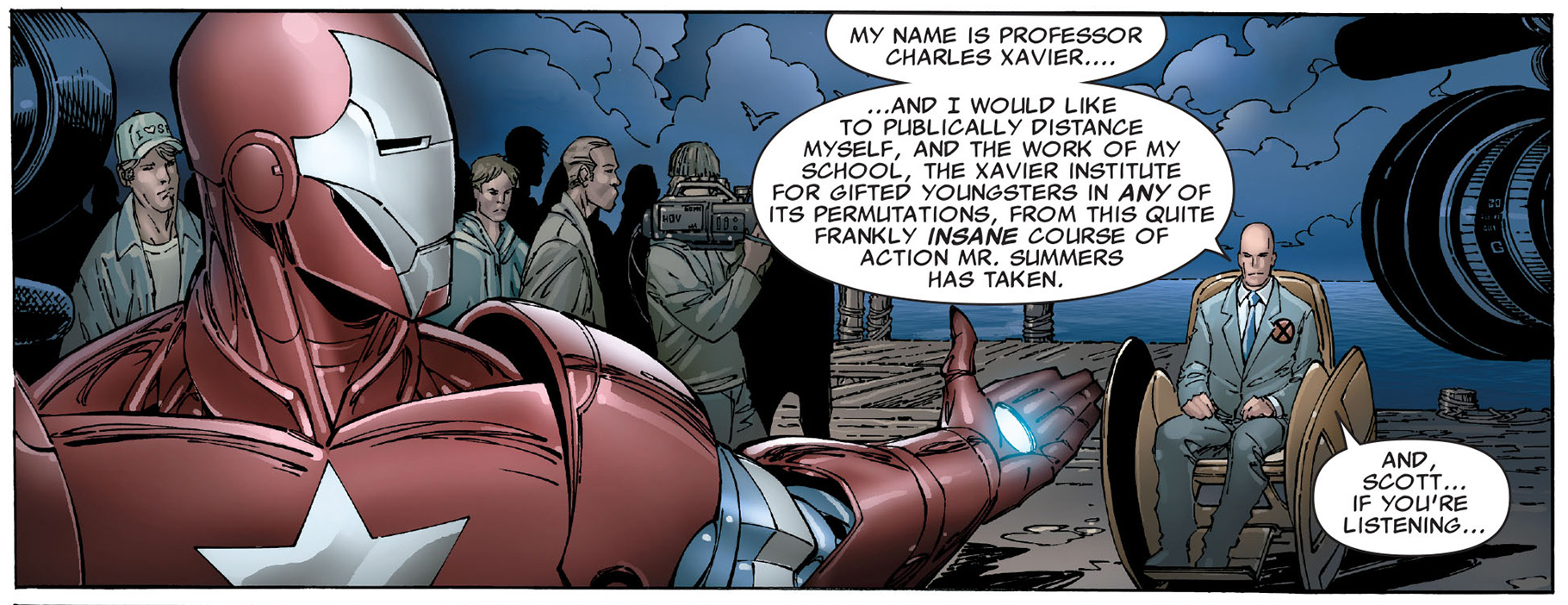
Others simply never considered the possibility. “Personally I never drew a wheel chair ramp,” Chris Bachalo confirmed to Gizmodo over email, but speculated that “perhaps Nightcrawler ‘bamfed’ the Professor in and out of the mansion each day.” There are no shortage of students at Xavier’s school with powers (or normal, human-level strength) that could clear a wheelchair over a flight of stairs. It still makes no sense for a fantastically rich man not to put ramps in his own damn house.
“I can’t recall a story that hinged upon the method Xavier used to transition between levels in, or around, the house,” artist Paul Smith told Gizmodo in an email. “Had such a story need existed, given: elevators, lifts, alien tech, transporters, super strength, telekinetics… something as mundane as a ramp would never have occurred to me.”
Telekinetics, it should be noted, do not canonically fall under the purview of Xavier’s mutant powers, though in a few panels of Ultimate X-Men 25, Charles reveals faint telekinetic abilities to tackle almost the exact issue at hand. Artist Adam Kubert, reached by Facebook message, could not specifically recall drawing the panels, or whose decision it was to address Xavier’s mobility in this way. (Ultimate X-Men and the other Ultimate titles took place in at alternate universe — Earth-1610 — which Marvel destroyed in 2015 by having it collide with another alternate universe.)
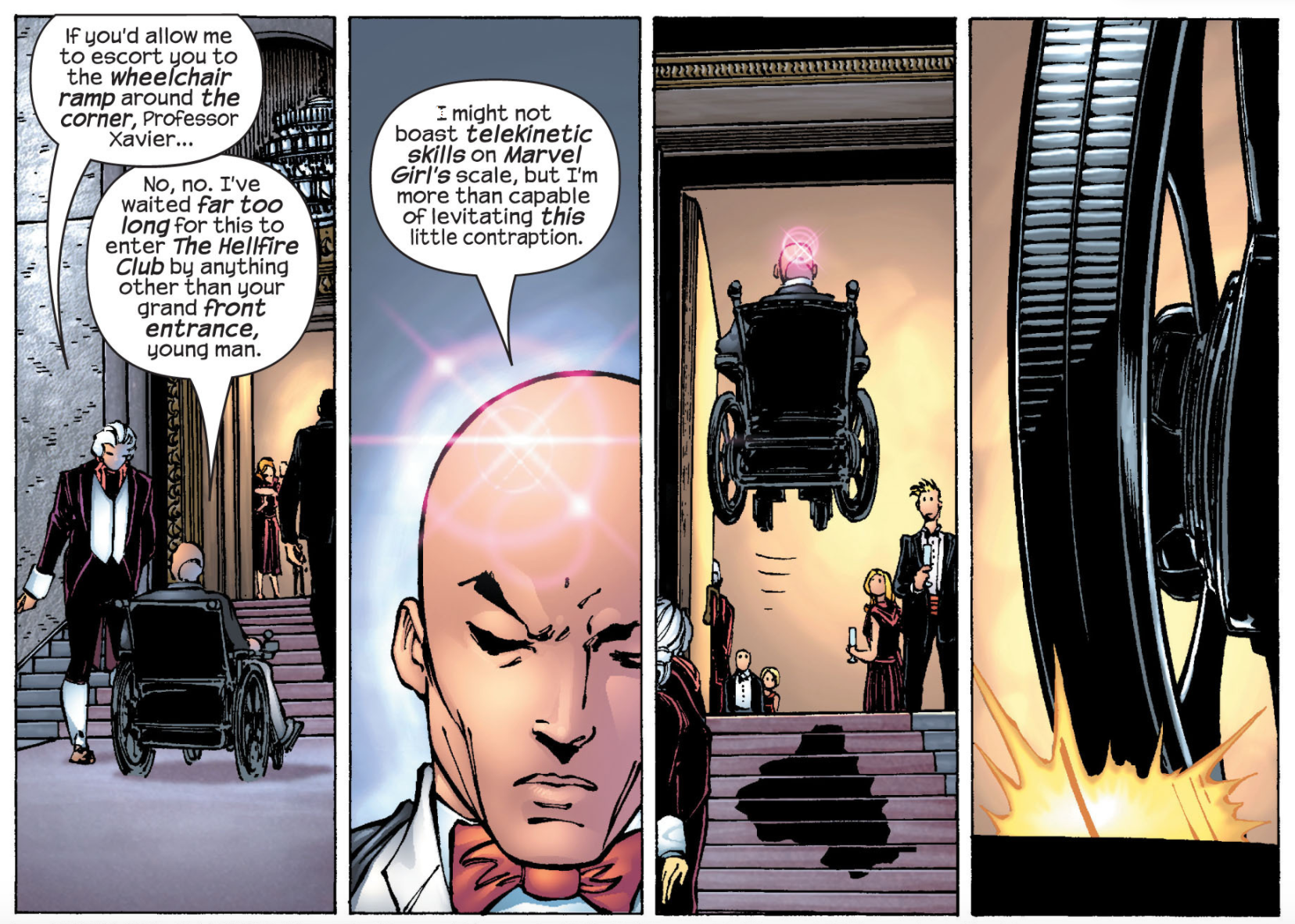
Image: Ultimate X-Men 25
Smith’s explanation scans to some degree: there’s not a pressing concern for a comic book artist to draw a panel featuring the humdrum act of Charles exiting the mansion or climbing a flight of stairs. But that concern has come up in other media where motion is more crucial. In The X-Men Films: A Cultural Analysis, author Claudia Bucciferro’s research indicates that director Bryan Singer had Xavier take a serum to fix his paralysis at the expense of his telepathic powers in Days of Future Past, “to allow him to be a more active participant in the plot, to remove wheelchair accessibility as a concern for the writing team.” It’s a strange and troubling assumption on Singer’s part that participation requires the use of all four limbs.
It’s stranger still that something as “mundane” as a ramp wouldn’t make an appearance in a franchise which has often functioned as an allegory for social justice, in this case representation of the differently-abled — especially since Xavier’s base of operations isn’t in a fictional city like Gotham or Metropolis. Canonically, the School for Gifted Youngsters is in New York state, a real place that adopted real disability standards two years before the publication of Uncanny X-Men #1 (1963), and which passed Local Law 58 — necessitating continuous passage through public buildings and access through main entrances — in 1987.
The property has been in Xavier’s family for generations, well before such legislation existed, but over 50-plus years of X-Men comics the mansion has been destroyed and rebuilt countless times — each time without a simple ramp.
Insisting that a comic book comply with state legislation is, admittedly, laughable. But so is the possibility that one of the franchise’s most recognisable characters would build a house he could’t readily leave.
“So I flipped through [issue #1 of X-Men] and don’t see evidence of any compliance to building codes providing free access through the mansion for disabled [people],” Jim Lee, currently the co-publisher of DC Comics and a veteran X-Men artist told Gizmodo over Twitter DM, “although this def looks like a ramp next to a set of stairs.” He sent along a photo, pointing to an unconvincing section of a panel he drew in 1991.
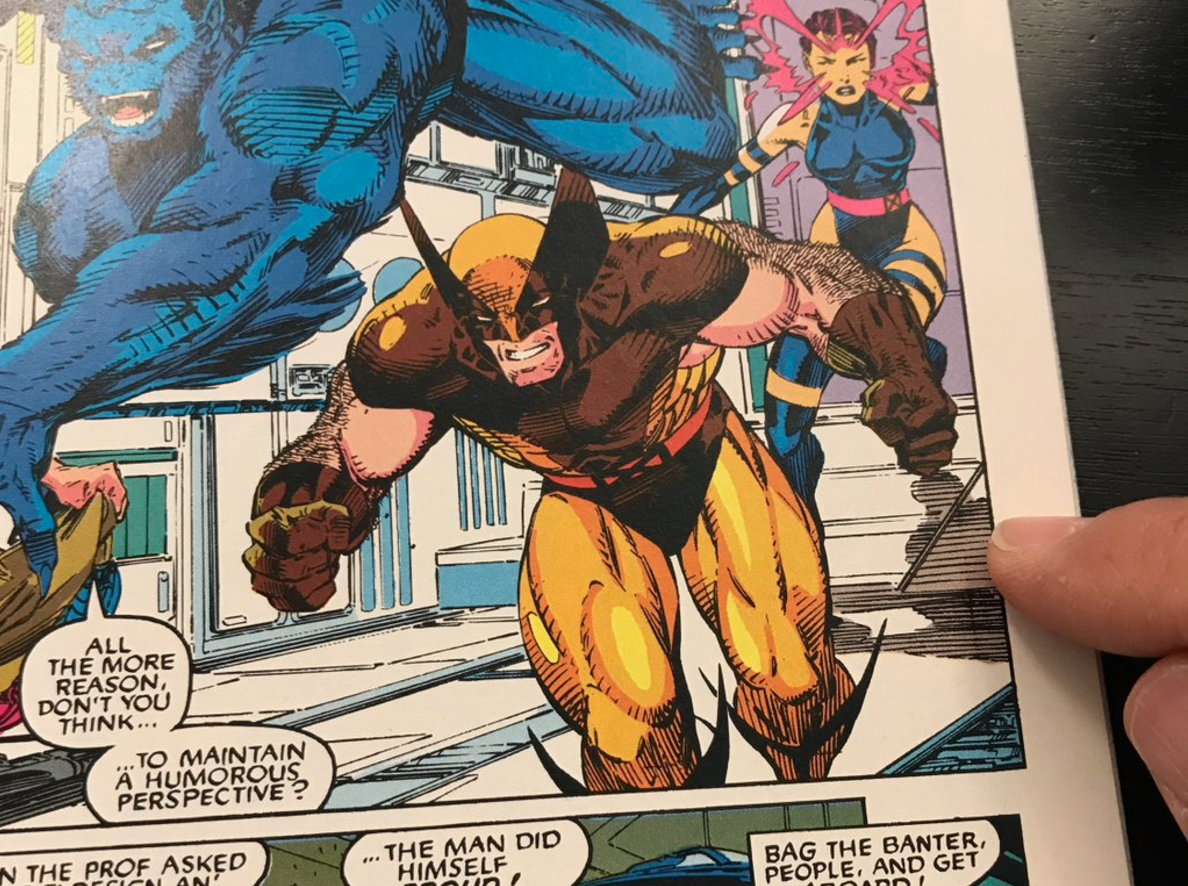
Image: Twitter
But Lee went further, explaining ramps may not have been necessary during his run with X-Men. “I didn’t think it made sense for Prof X to have a traditional wheelchair given all the advanced high tech electronics available to the team… So I gave him a high tech chair … folds over legs, provides armoured protection and glides on a BB-8 type ball for max off-road capabilities,” he wrote, “and it was a lot easier to draw. On a monthly deadline for a team book, you take your shortcuts where you can.”
Lee was not the only artist to take this approach. The 90s television series notably featured Xavier in a bulky yellow hover-chair. Uncanny X-Men Annual #1 (1970) put the professor in a ridiculous, treaded contraption. X-Men: Evolution included a sequence in its first episode showing a tubelike elevator that connects the Danger Room training area to… some other area of the mansion (where, exactly, is not clear.)
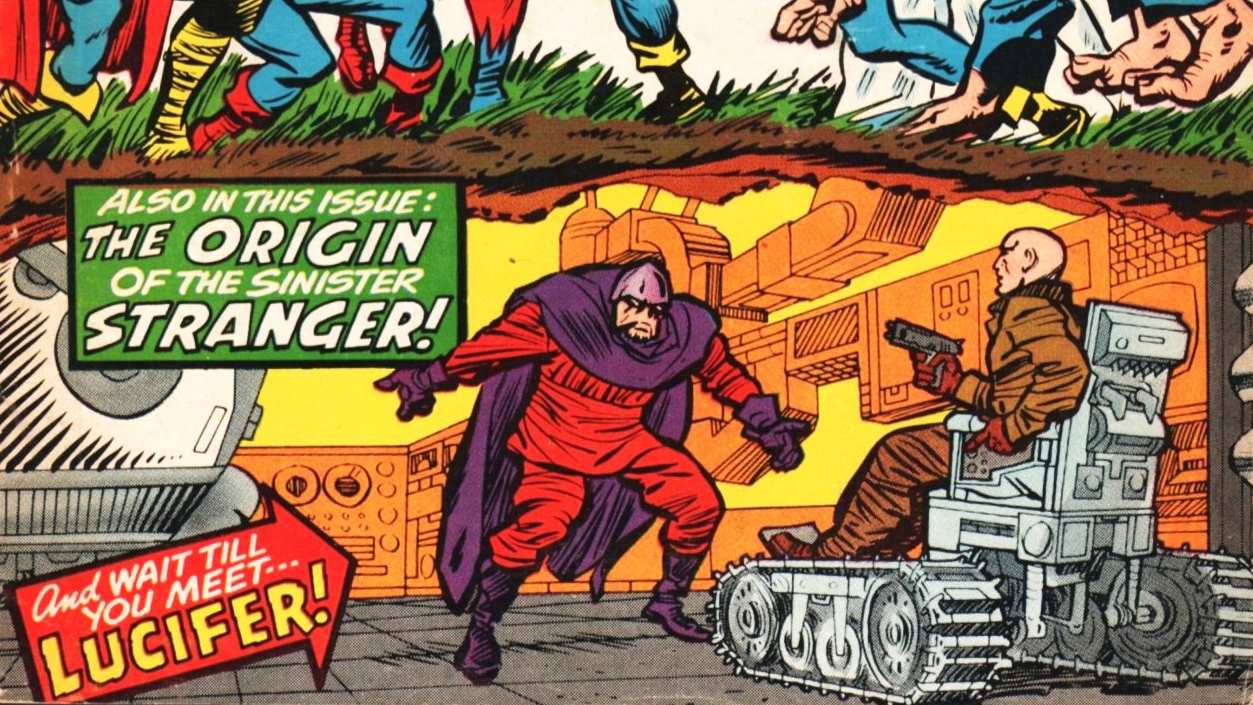
Uncanny X-Men Annual #1
Most of these interpretations don’t feel true to the character or purpose of the famously pacifistic Xavier. Not only does putting the peaceful mutant leader in what amounts to a hovertank read as antithetical to his mission, but his intelligence contrasting his physical frailty is, to my mind, what makes him — or Yoda, for that matter — compelling. In his very first depiction, Xavier isn’t even given mobility. He’s shown confined to an armchair, doted on by his mutant initiates, only to appear in a wheelchair a few pages later.
(It’s worth pointing out that, on a few occasions, Xavier has had his mobility returned to him. File under: extenuating circumstances.)
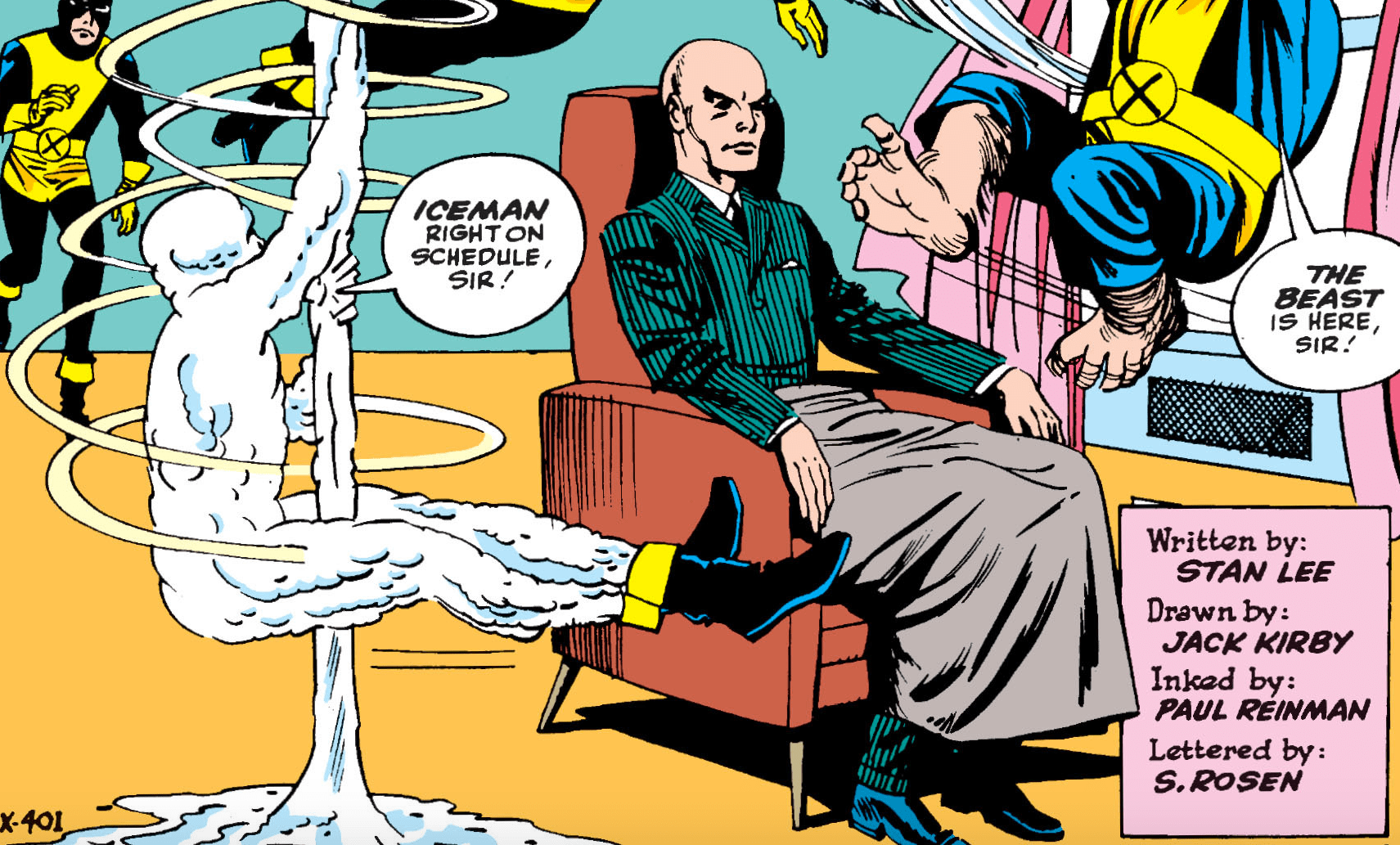
Uncanny X-Men #1
While Lee might have found a way around depicting impediments to Xavier’s mobility, most artists have stuck with fairly conservative wheelchairs and, as mentioned, placed him in a mansion with no ramps and a shitload of staircases — to the point where Charles being thrown down a flight of them by Mister Sinister became a minor meme. It’s a bizarre, long-running oversight which our inquiries and (admittedly non-exhaustive) research appears to confirm.
Asked how, in other interpretations, Xavier might have left his house unassisted without ramps or other wheelchair-friendly options, Lee responded, “never drew a bathroom in the mansion either but I am pretty sure they all heeded the call of nature.”
Lee is right, of course. Very few, if any, X-Men comics spent time exploring the bathrooms activities of mutants. But many, many comics explored the futuristic technology hidden within Xavier’s mansion — yet the dozens of wheelchair-accessible ramps these places should have contained are as hidden as those toilets.
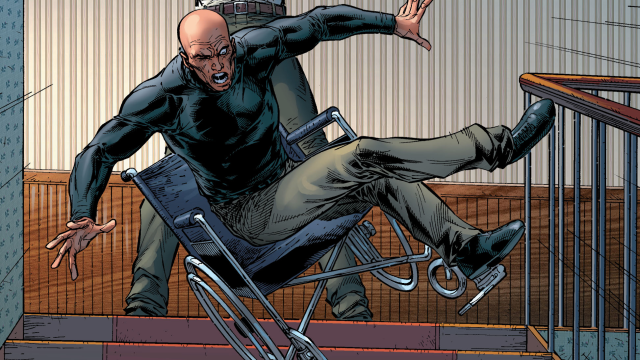
Comments
8 responses to “How Does X-Men’s Charles Xavier Leave His Own House?”
Or maybe Prof X is punishing himself… while he goes out of ways to help mutants with their powers, he adamantly doesnt want help.
And even though he knows losing his powers will allow him to walk he has sacrificed that freedom of movement for his powers to return… regret or guilt. Its him punishing himself.
And despite building codes, i get the feeling the property has never actually been inspected. “Okay Professor, we are going to have to cite you for no wheelchair access and the lack of safety railings around the retractable roof of your military jet hanger… someone could fall in. *mind wipe*”
I remember the hover chair. I was going to say that he could just levitate his way around.
Dudes rich. All the staircases convert to ramps in response to a telepathic command or secret button in his wheelchair. He’d just never converted them at the times depicted in any panels.
/sorted
He has an elevator. Problem solved.
Ha
That’s awesome and probably a more logical solution.
Never thought about that.
What I do find interesting, is how almost every single main character in Marvel/DC comics, is ripped. Look at ol’ mate Charles, there. He’s wearing a form fitting, long sleeved turtle neck in the first image, and is obviously carrying a body builder’s physique beneath it. Same goes with someone like Magneto, a man who was a child in World War II (so he’s very old nowadays) but you know, hey, he’s shredded, brah. 😉
Wonder if he misses leg day…